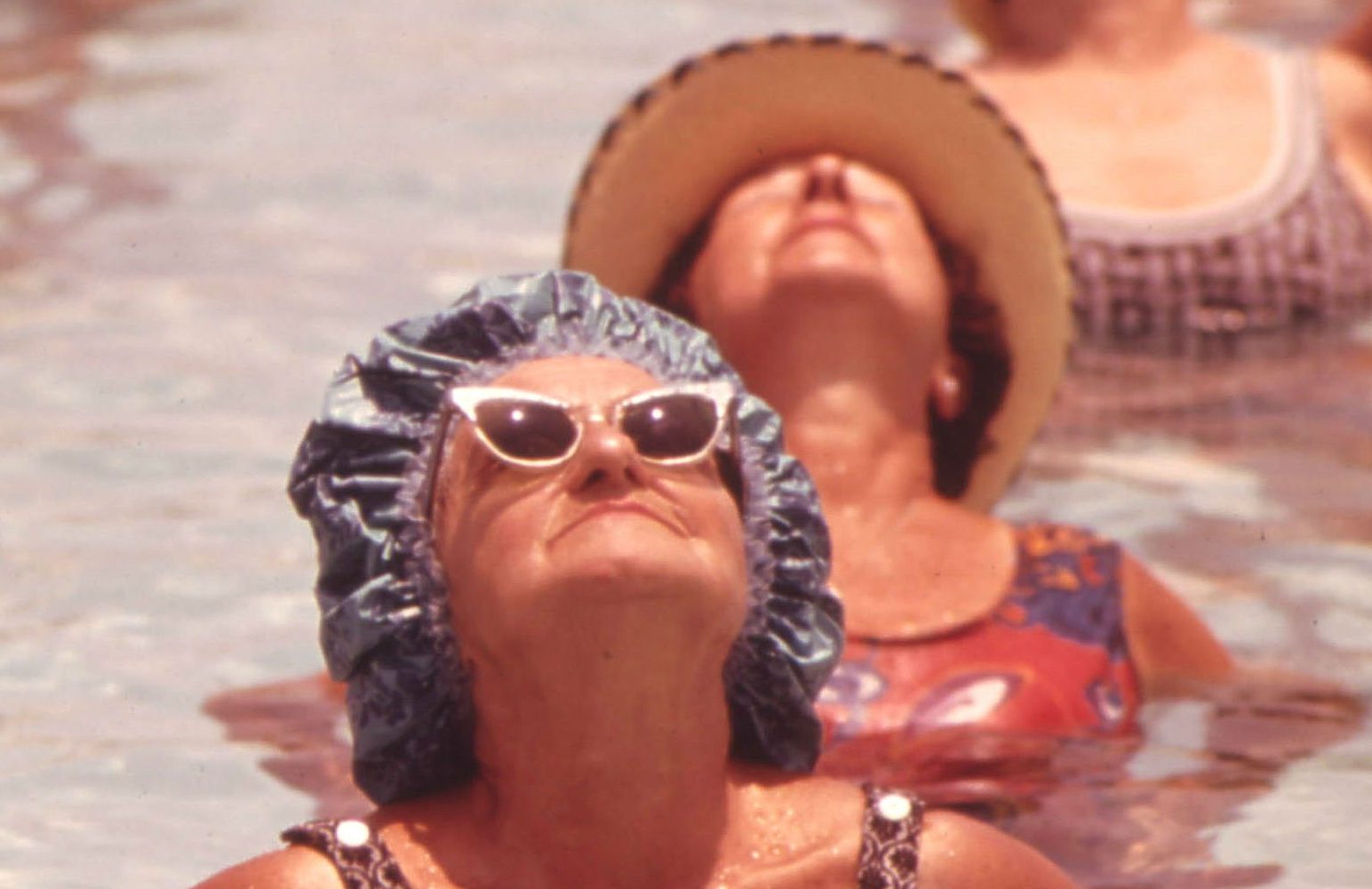Charleston has numerous historic cemeteries and graveyards (meaning in a churchyard) to visit. Most are open to the public and some companies include them in tours.
The oldest and one of the most fascinating is the graveyard of the Circular Church. According to its website, it is “likely the oldest English burial ground still in existence in Charleston.”
Some of the grave markers were especially interesting. Some of the 18th century graves are adorned with portraiture. The website says, they are “natural representations of the deceased (although whether the carver attempted to capture an individual likeness rather than simply to represent a type is a question that is still being studied).”
These unique gravestones are rare: None have been found in any other South Carolina or Georgia cemeteries. Historians believe
Some interesting facts about the Circular Church Graveyard:
- Earliest marked burial: 1729
- Earliest marked burial: 1729
- Historians say as many as 1,350 people are buried in the graveyard – 730 are named on the 500 surviving markers. “Another 620 people are named in church records with indications they were most likely buried in the graveyard,” the website said.
Art on the early graves:
- The oldest gravestones are made of slate and were shipped from carvers in New England.
- According to one gravestone historian, there are more of these unusual 18th century slate stones in this graveyard than anywhere else in the country.
- Markers in the 1600s typically were adorned with skull-and-crossbones to represent death. By the early 1700s, skulls were still in use but “the crossbones were beginning to be replaced by wings and the resulting image was being called ‘death’s head,” the website said.
- Eventually people began emphasizing life over death and “began softening the skulls’ appearances by adding upper lips and eyebrows, and later they even began adding noses and mouths.”
- Around 1740, the effigies looked more like angels. Seeing their evolution was one of the highlights of our trip.











